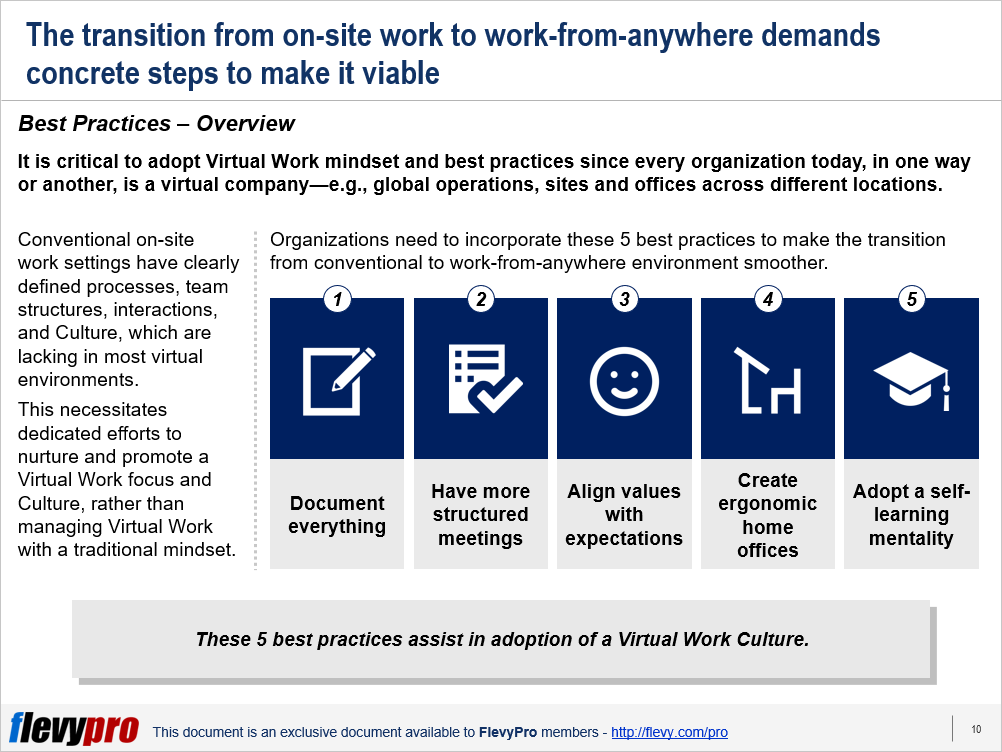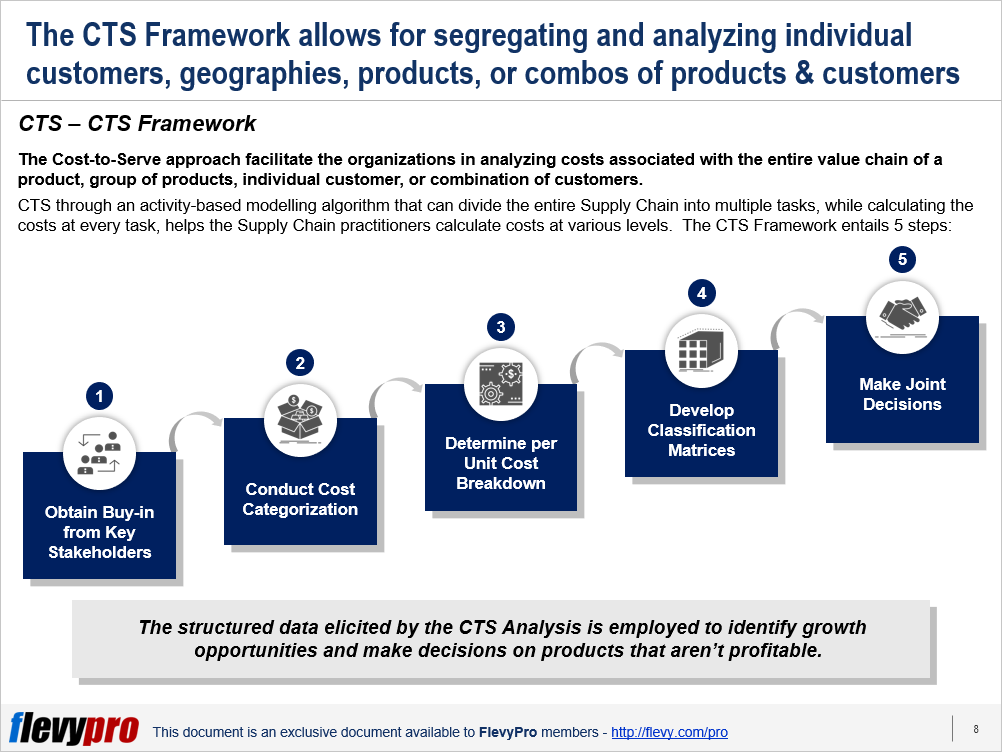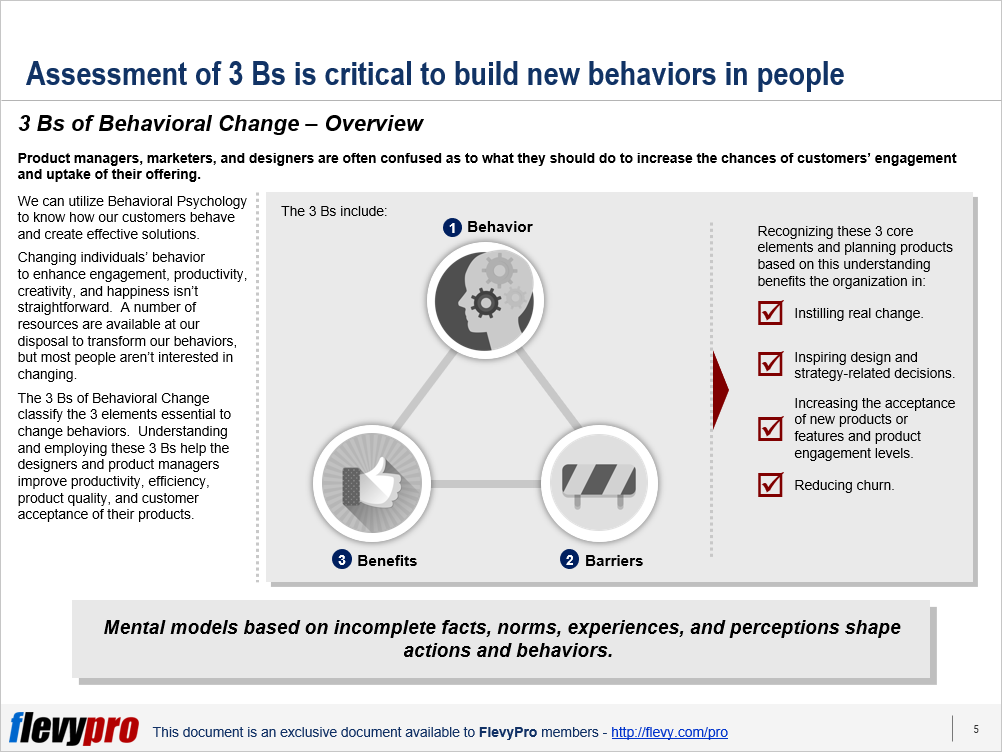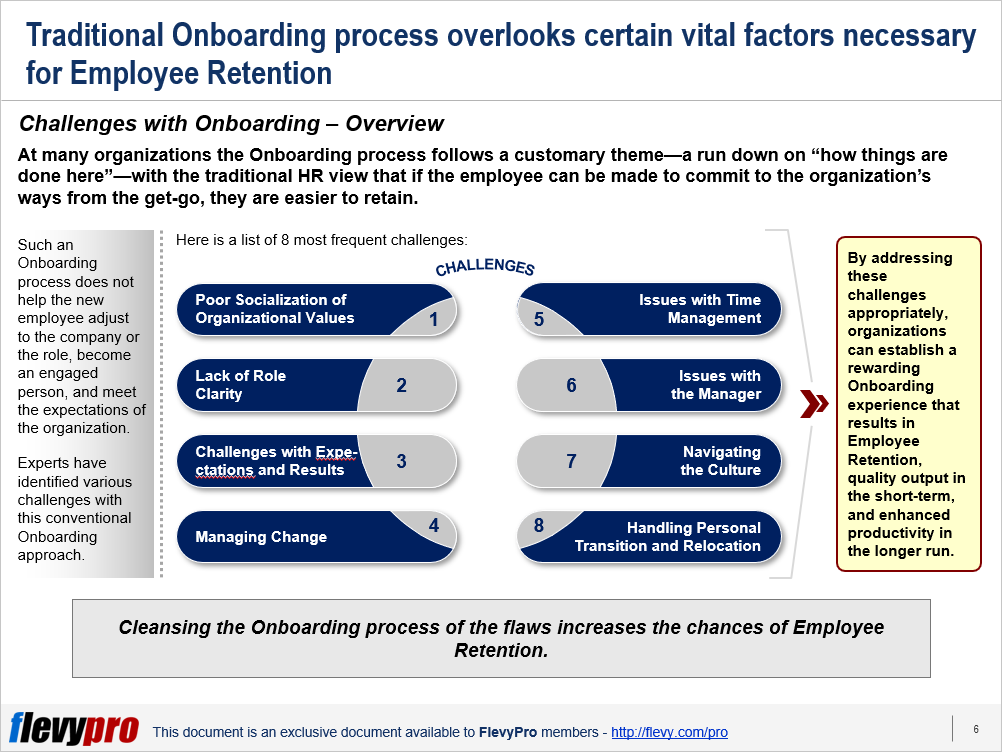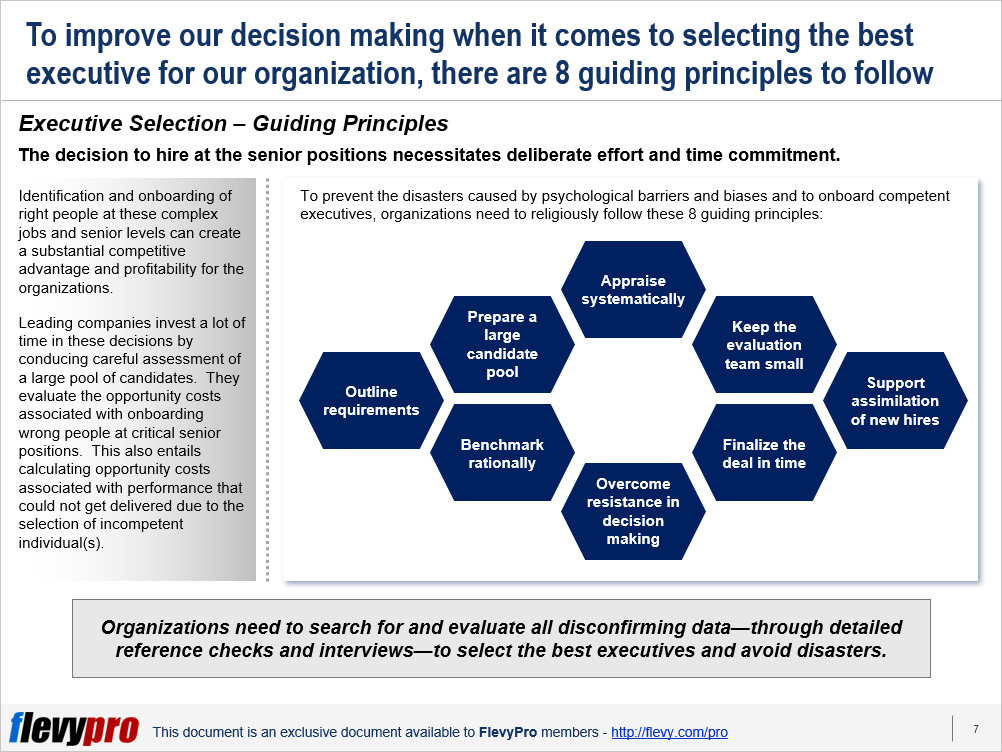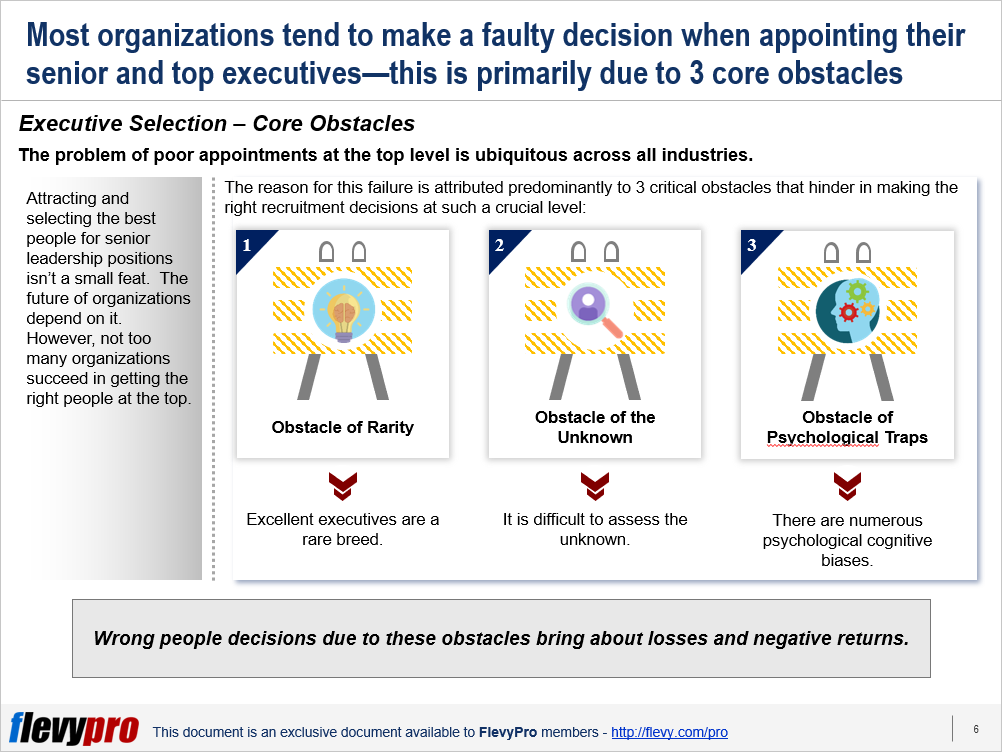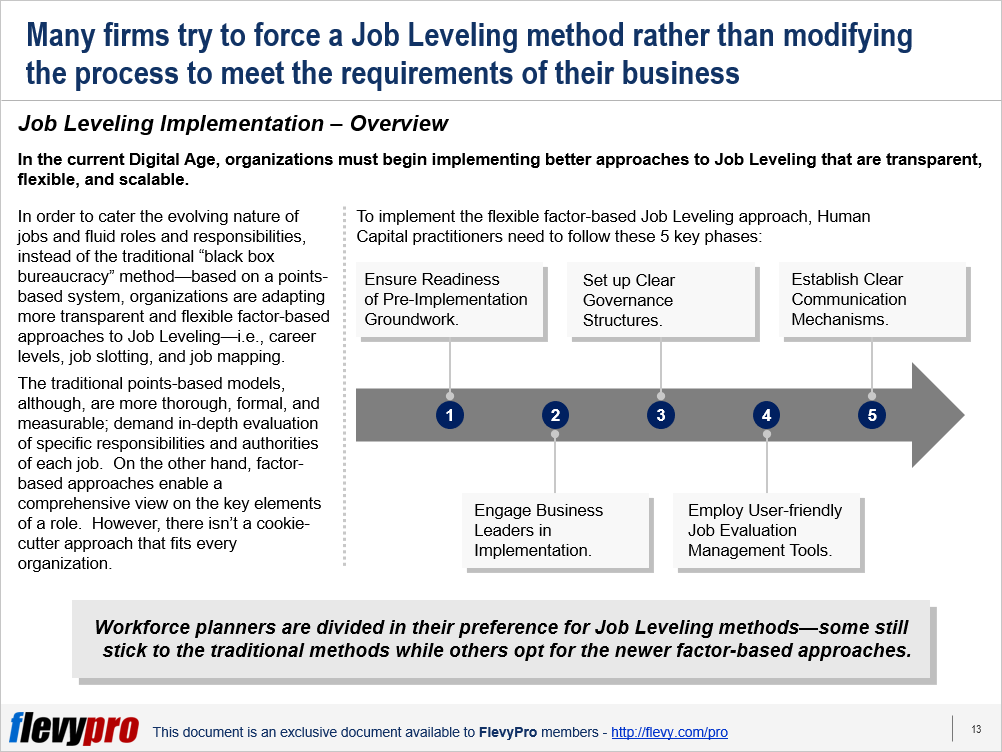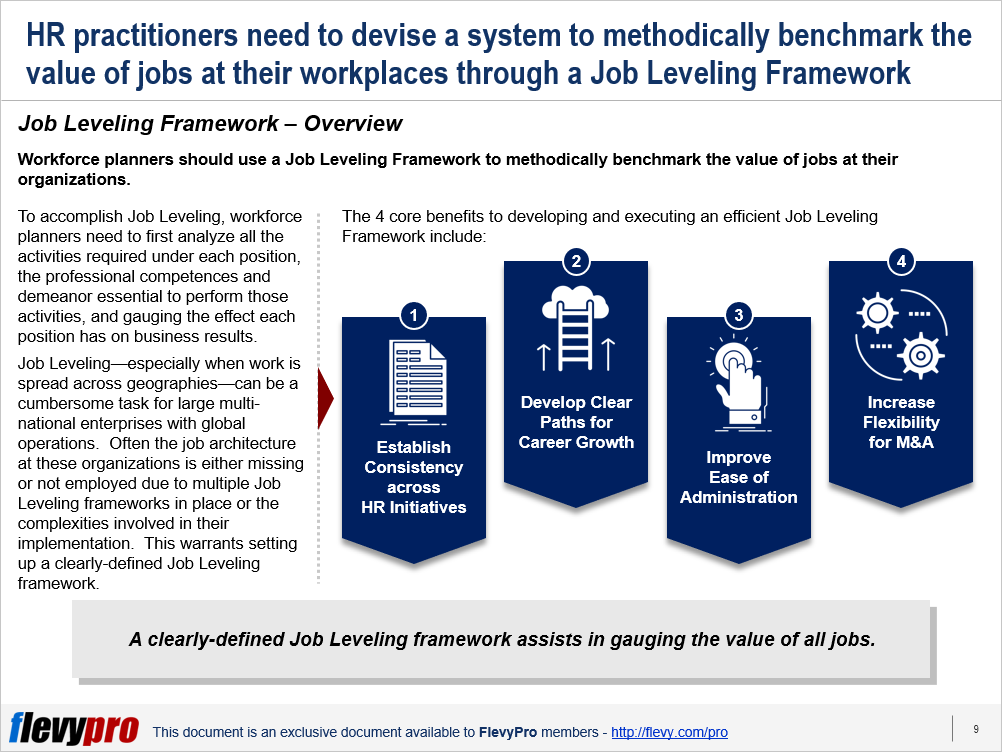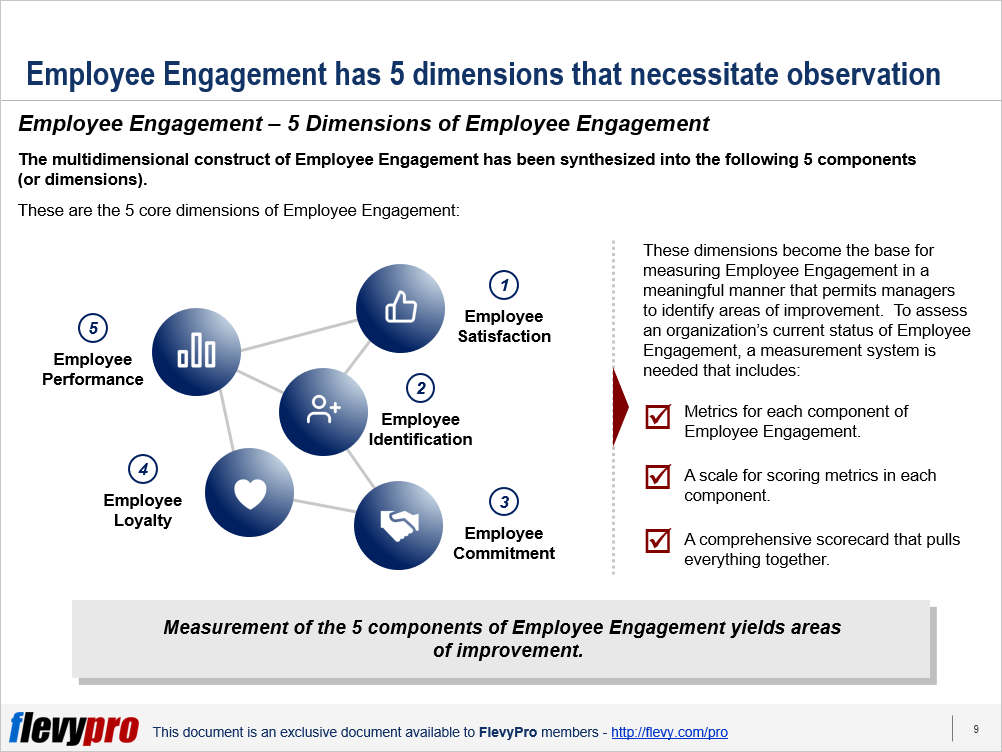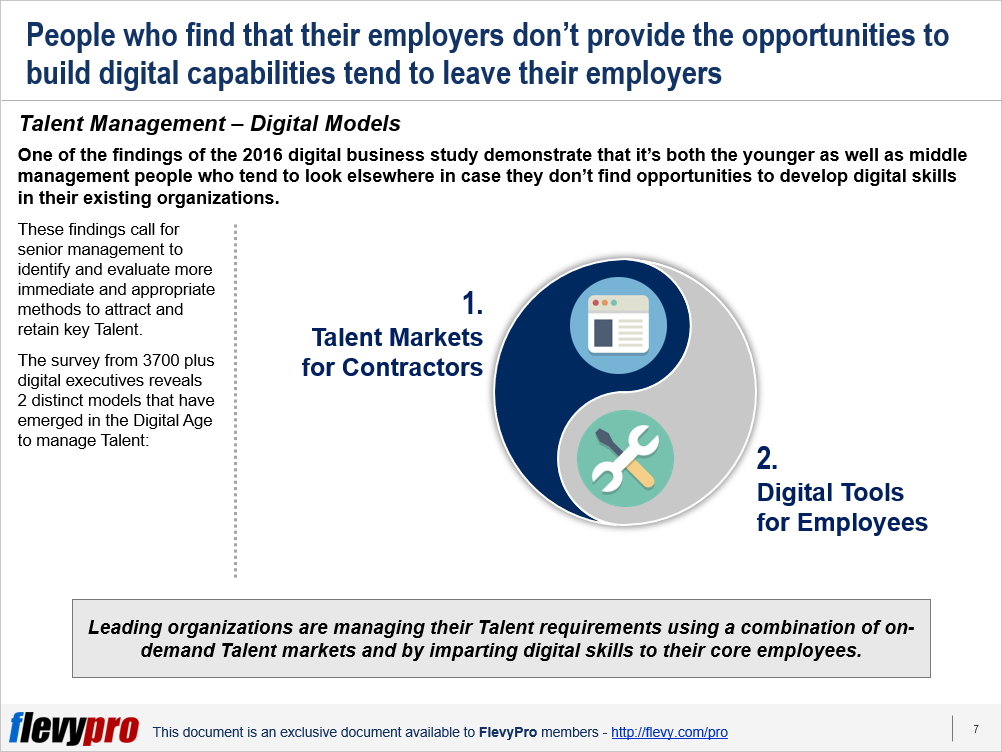5 Best Practices Critical to Transition from an In-Office to Remote Work Setting
27 Dec


COVID-19 has forced organizations to adapt to the new norm of Remote Work. Many people consider telecommuting as the future of work. Employers who allow Remote Work have seen enhanced employee morale, output, and efficiency.
However, Remote Work setting is far from business as usual. Management needs to understand and manage the intricate differences between in-office and remote teams. To make Remote Work successful and to manage remote teams, leadership needs to follow 5 guiding principles:
- Assemble a group of people— skilled in Remote Work setting—to supervise and support other employees to work remotely, assess any challenges, and create workable solutions in real time.
- Develop and share (across the organization) a comprehensive reference guide—e.g., a repository, manual, or a web page—documenting exhaustive information on process changes. This will keep all stakeholders informed and prevent any uncertainties.
- Communicate with the employees transparently and frequently, foster informal communication, and provide easily accessible video conference facilities for people to adjust to and incorporate change.
- Keep the number of tools to handle documentation and communication to a minimum.
- Manage the Remote Workforce by establishing candid, ongoing communication channels, trust, and shared objectives. Transition from an in-office setup to a remote environment takes time.
Likewise, remote employees need to follow certain guiding principles to undertake their responsibilities effectively and deliver on their tasks efficiently.
- Establish a dedicated workspace.
- Make their families understand the significance of their work—that they perform from their virtual offices—and respect their work hours.
- Set alarms to remind when to take a break or end work, so as to work in a healthy routine. Use breaks to recharge your brain or to do errands.
- Communicate informally with your team.
- Try out unconventional workdays and routines that work best for you.
- Adopt this transition
Conventional on-site work settings have clearly defined processes, team structures, interactions, and Organizational Culture, which are lacking in most virtual environments. The transition from on-site work to work-from-anywhere demands concrete steps to make it viable. It is critical to adopt Virtual Work mindset and best practices since every organization today, in one way or another, is a virtual company—e.g., global operations, sites and offices across different locations.
This necessitates dedicated efforts to nurture and promote a virtual-work focus and Culture, rather than managing Remote Work with a traditional mindset. Organizations need to incorporate these 5 best practices to make the transition from conventional to work-from-anywhere environment smoother.
- Document everything
- Have more structured meetings
- Align values with expectations
- Create ergonomic home offices
- Adopt a self-learning mentality
Let’s delve deeper into these best practices.
Document everything
In office settings, people can run into other colleagues easily to ask queries or just to communicate with them. This is at times disturbing and counterproductive. Work-from-anywhere environment demands documenting every critical piece of information, creating guidelines and manuals, and implementing documentation best practices. This facilitates in:
- Creating a reliable, primary source of information for everyone to seek answers to their queries.
- Building successful Virtual Work environment.
- Clearly outlining organizational objectives.
- Visualization and clarity of teams’ collective goals and performance results.
- Orientation of new hires by providing answers to everything that comes to their minds.
- Offering more inclusivity, as the information is not confined only to the ones present at the physical water cooler, but is available for the entire organization.
- Precluding a sense of exclusion in the ones who are not part of a physical office.
- Gathering more diverse ideas.
A handbook culture is even better than “water coolers”—as it saves time by eliminating the need to bother other teammates and ask questions from them. It enables learning, finding answers or information more readily, and curtailing rework arising out of gathering and updating information over and over again. Documenting everything instills a sense of ownership, courtesy, and concern for others in virtual teams.
Interested in learning more about the other best practices to transition from in-office to work-from-anywhere environment? You can download an editable PowerPoint presentation on how to transition from In-Office to Virtual Work Setting here on the Flevy documents marketplace.
Do You Find Value in This Framework?
You can download in-depth presentations on this and hundreds of similar business frameworks from the FlevyPro Library. FlevyPro is trusted and utilized by 1000s of management consultants and corporate executives. Here’s what some have to say:
“My FlevyPro subscription provides me with the most popular frameworks and decks in demand in today’s market. They not only augment my existing consulting and coaching offerings and delivery, but also keep me abreast of the latest trends, inspire new products and service offerings for my practice, and educate me in a fraction of the time and money of other solutions. I strongly recommend FlevyPro to any consultant serious about success.”
– Bill Branson, Founder at Strategic Business Architects
“As a niche strategic consulting firm, Flevy and FlevyPro frameworks and documents are an on-going reference to help us structure our findings and recommendations to our clients as well as improve their clarity, strength, and visual power. For us, it is an invaluable resource to increase our impact and value.”
– David Coloma, Consulting Area Manager at Cynertia Consulting
“As a small business owner, the resource material available from FlevyPro has proven to be invaluable. The ability to search for material on demand based our project events and client requirements was great for me and proved very beneficial to my clients. Importantly, being able to easily edit and tailor the material for specific purposes helped us to make presentations, knowledge sharing, and toolkit development, which formed part of the overall program collateral. While FlevyPro contains resource material that any consultancy, project or delivery firm must have, it is an essential part of a small firm or independent consultant’s toolbox.”
– Michael Duff, Managing Director at Change Strategy (UK)
“FlevyPro has been a brilliant resource for me, as an independent growth consultant, to access a vast knowledge bank of presentations to support my work with clients. In terms of RoI, the value I received from the very first presentation I downloaded paid for my subscription many times over! The quality of the decks available allows me to punch way above my weight – it’s like having the resources of a Big 4 consultancy at your fingertips at a microscopic fraction of the overhead.”
– Roderick Cameron, Founding Partner at SGFE Ltd
“Several times a month, I browse FlevyPro for presentations relevant to the job challenge I have (I am a consultant). When the subject requires it, I explore further and buy from the Flevy Marketplace. On all occasions, I read them, analyze them. I take the most relevant and applicable ideas for my work; and, of course, all this translates to my and my clients’ benefits.”
– Omar Hernán Montes Parra, CEO at Quantum SFE













